In the thousands of years of Chinese civilization, tea, this ancient plant spirit from the East, has transcended the realm of a mere beverage. It has become a symbol of culture and an art of living.
When discussing famous Chinese teas, one cannot overlook the unique tea region nestled among the majestic mountains of Fujian—Wuyi Mountain.
Today, let's unveil the mystery of Wuyi Rock Tea, savor its charm, understand its essence, and appreciate this gem of tea nurtured by nature between the mountains and rivers.
The Origin and Spread of Wuyi Rock Tea
Wuyi Rock Tea dates back to the late Ming and early Qing dynasties. Its production process was developed through relentless efforts and innovations by the people of Wuyishan, making it a collective wisdom crystallized into an art form.
Initially, Wuyi Rock Tea spread from Chong'an (now Wuyi Mountain City) to other tea-growing regions in northern Fujian. From there, it extended to southern Fujian, including Anxi, Yongchun, and Nan'an in Quanzhou, as well as Zhangzhou. Eventually, it reached the Chaozhou-Shantou tea region in Guangdong and later spread to Taiwan.
Currently, China boasts four major oolong tea production regions, each represented by a distinctive tea:
- Northern Fujian Oolong Tea: Represented by Wuyi Rock Tea (Yancha), known for its "rock essence" and complex flavors.
- Southern Fujian Oolong Tea: Represented by Tieguanyin, famous for its floral aroma and rich taste.
- Guangdong Oolong Tea: Represented by Phoenix Dancong, known for its unique fragrance and diverse flavor profiles.
- Taiwan Oolong Tea: Represented by Dongding Oolong, renowned for its smooth texture and sweet, fruity flavor.
These regions have developed their own unique styles and techniques, contributing to the rich diversity of oolong tea in China.
Typical Characteristics of Wuyi Rock Tea

Fujian's Southern and Northern Oolong teas differ in appearance. Southern Fujian oolong tea has a curly shape, while Northern Fujian oolong tea, such as Wuyi Rock Tea, has a straight, glossy appearance. Inferior quality tea often appears loose, uneven, and lacks luster, with a dull color indicating its poor quality. Additionally, the appearance should be uniform, clean, and free from stems, fragments, and other impurities. When grasped, high-quality tea leaves feel heavier and more substantial compared to lighter, inferior leaves.
- Appearance: The tea leaves are plump, tightly twisted, and uniform, with a characteristic twisted shape known as "dragonfly head." The back of the leaves has a frog skin-like sand grain texture.
- Color: Upon brewing, the tea liquor is orange-yellow. The infused leaves are bright and uniform, with red edges or red spots and a yellow-green center. The leaf veins are light yellow.
- Taste: Wuyi Rock Tea is known for its rich and complex flavor, with a strong, enduring aftertaste. Inferior tea will have a weak taste, lack the distinctive "rock essence", and appear dull and lifeless.
Wuyi Rock Tea's unique characteristics and robust flavor make it highly resistant to multiple infusions, maintaining its rich taste and aroma throughout.
Inimitable Production Process

Wuyi Rock Tea is highly esteemed not only due to its unique ecological environment and abundant oolong tea varietal resources but also because of its intricate and refined production process. The traditional craftsmanship of Wuyi Rock Tea, which originated in the late Ming Dynasty and matured in the early Qing Dynasty, has been passed down through over a thousand years of history.
The traditional production process of Wuyi Rock Tea comprises 10 interconnected and indispensable steps. The key processes that significantly impact tea quality include withering, shaking, making green, double frying and double rolling, and roasting. These require exceptional skill.
Shaking is a distinctive and delicate step in the initial processing of rock tea. This special method imparts the tea's unique color, aroma, taste, and "rock essence," characterized by "green leaves with red edges." The shaking process is meticulous and must be tailored to the tenderness of the picked leaves, the tea variety, and the prevailing climate, temperature, and humidity—an approach known as "watching the green to make the green, watching the sky to make the green."
During shaking, the green leaves must be arranged in a spiral shape within the sieve, rolling and tumbling in an orderly manner. The leaves must collide and rub against each other and the sieve, causing cell damage. This promotes the oxidation and fermentation of polyphenolic compounds, enhancing the tea's color, aroma, and taste.

Each shaking interval is about an hour, during which adjustments must be made based on the condition of the green leaves. The entire shaking process requires about 6 to 8 repetitions, taking approximately 6 to 12 hours. It is this painstaking effort that ultimately endows Wuyi Rock Tea with its exceptional "rock essence and floral aroma."
Health Benefits
Wuyi Rock Tea thrives in a unique natural environment, growing amidst the rocky crevices and gravelly soil of weathered cliffs, allowing the tea trees to absorb a wealth of minerals. As a result, the tea trees in Wuyi Mountain are more robust and produce higher-quality, nutrient-rich tea leaves.

As early as the Song Dynasty, the great literary figure Fan Zhongyan praised the medicinal effects of Wuyi Rock Tea, stating: "Because of it, the famous 'Chengdu Medicine Market' lost its luster in China."
While poetry often contains a touch of exaggeration, it speaks to a fundamental truth. Modern scientific research has confirmed that Wuyi Rock Tea contains a variety of essential vitamins such as A, D, E, K, B1, B2, B3, B5, B6, H, C, P, and inositol, as well as a rich array of minerals including potassium, fluoride, phosphorus, calcium, magnesium, zinc, sodium, boron, and sulfur, validating the health benefits of Wuyi Rock Tea.
Moreover, apart from vitamins A, D, E, and K, which are not easily soluble in water, other nutrients in Wuyi Rock Tea are water-soluble and can be effectively extracted during the brewing process. This ensures that the tea delivers a substantial amount of its beneficial nutrients when consumed.

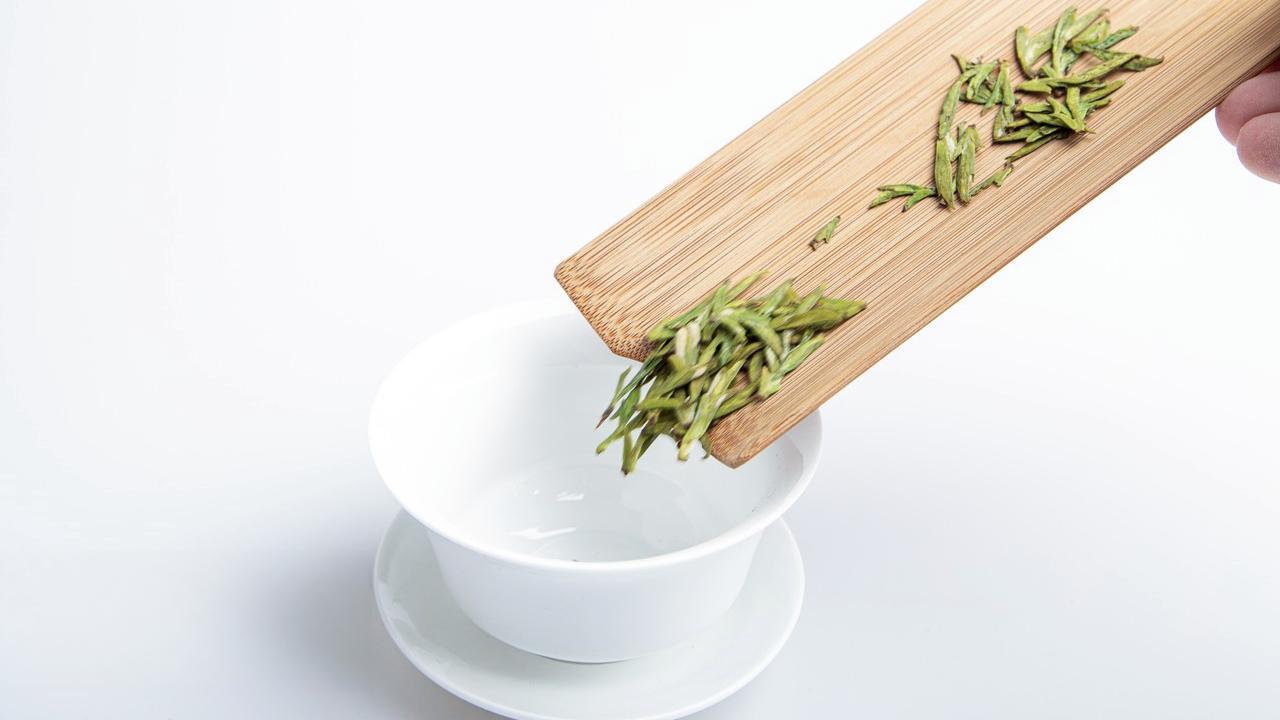

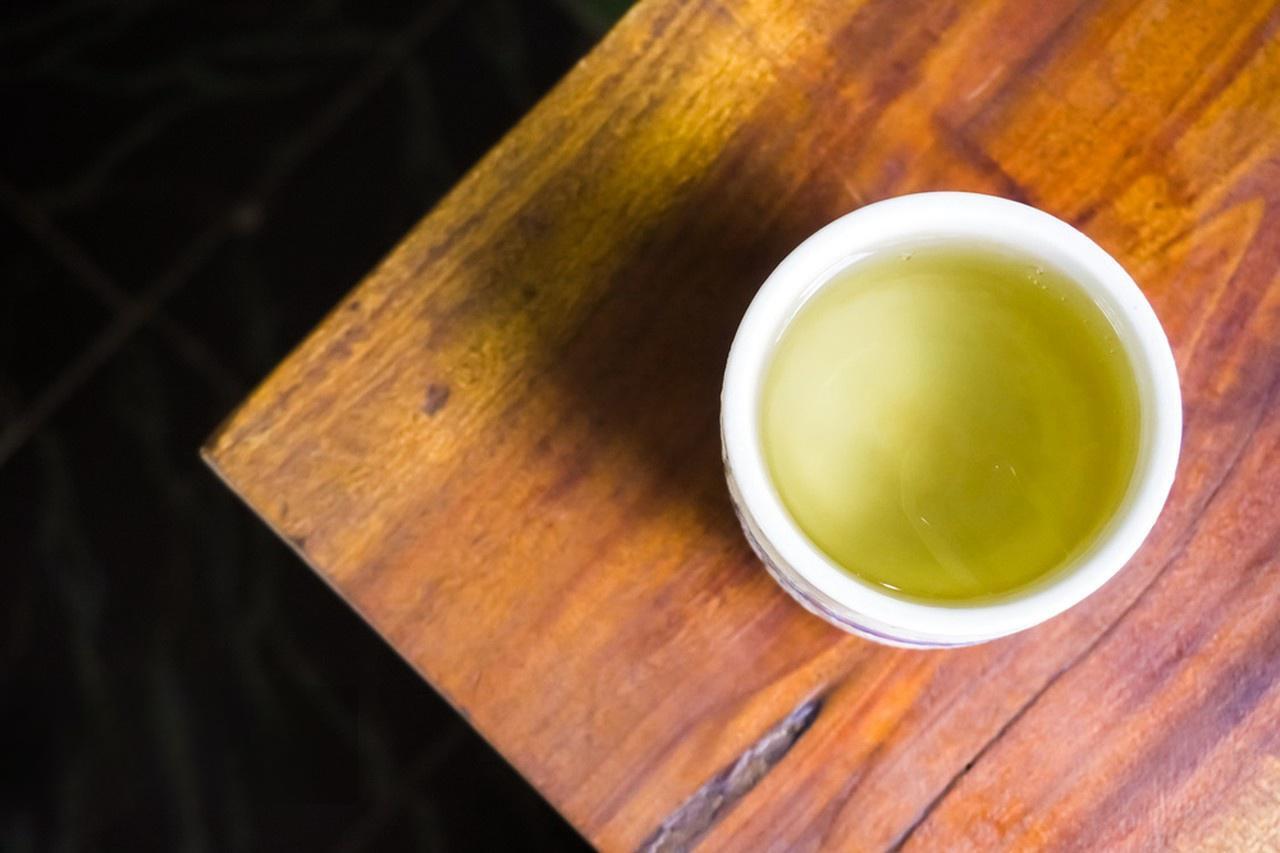
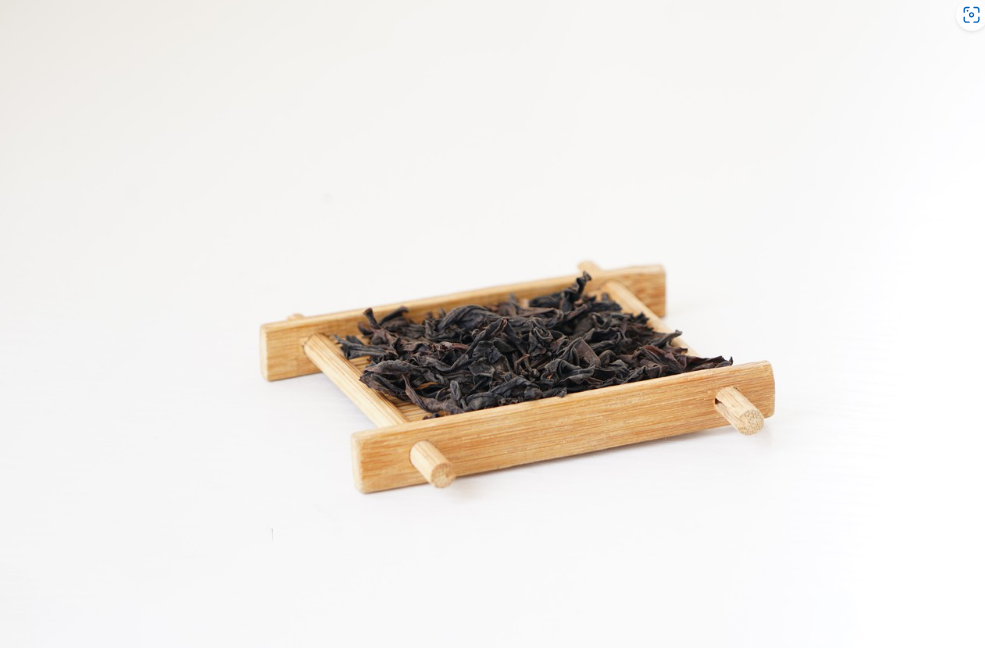
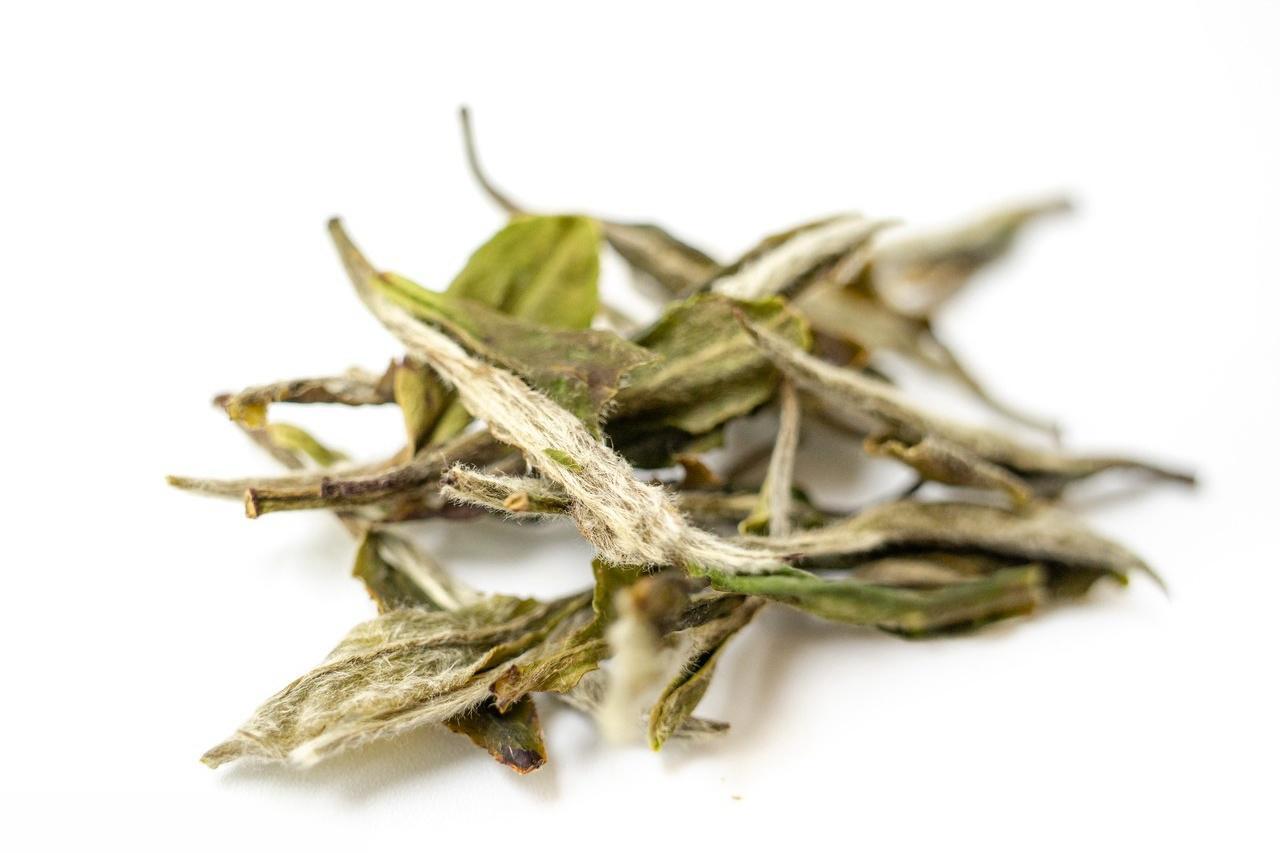
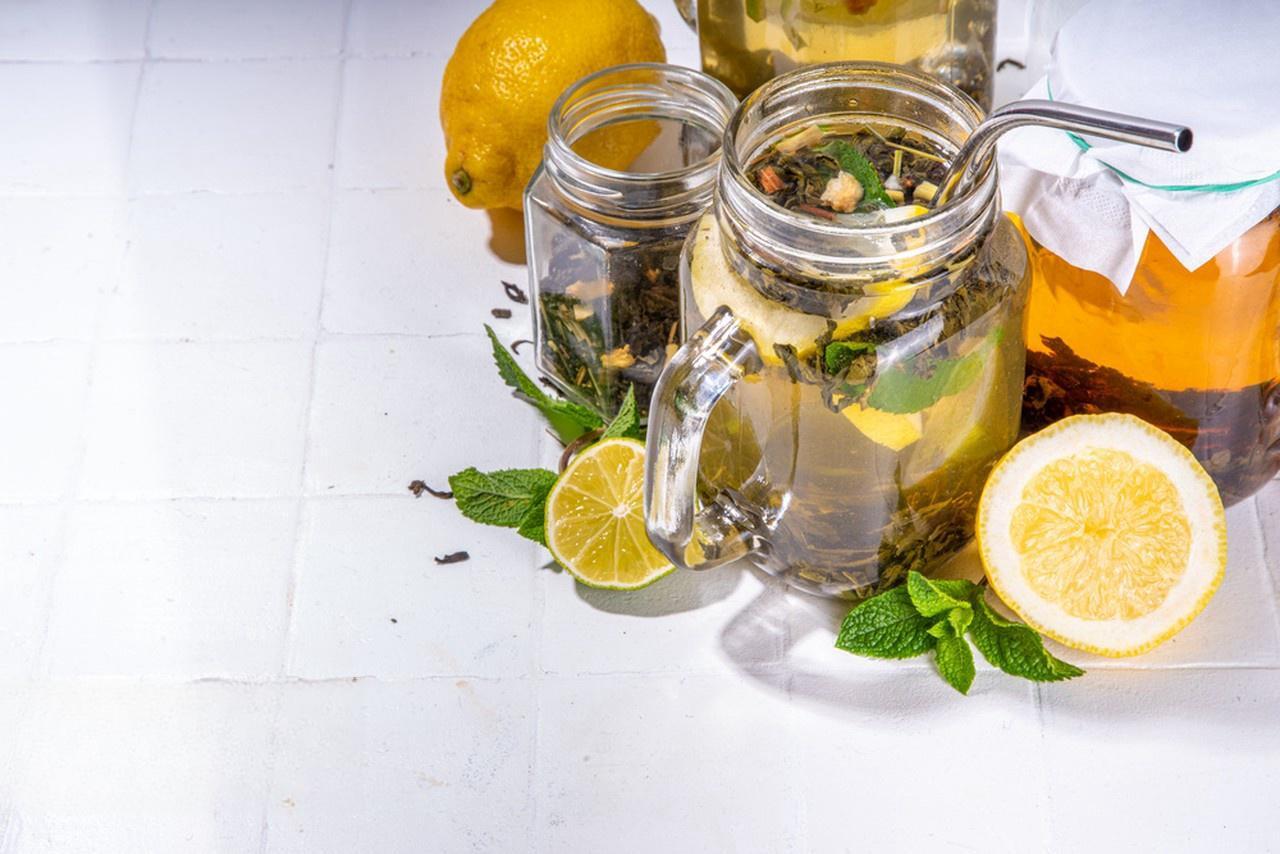
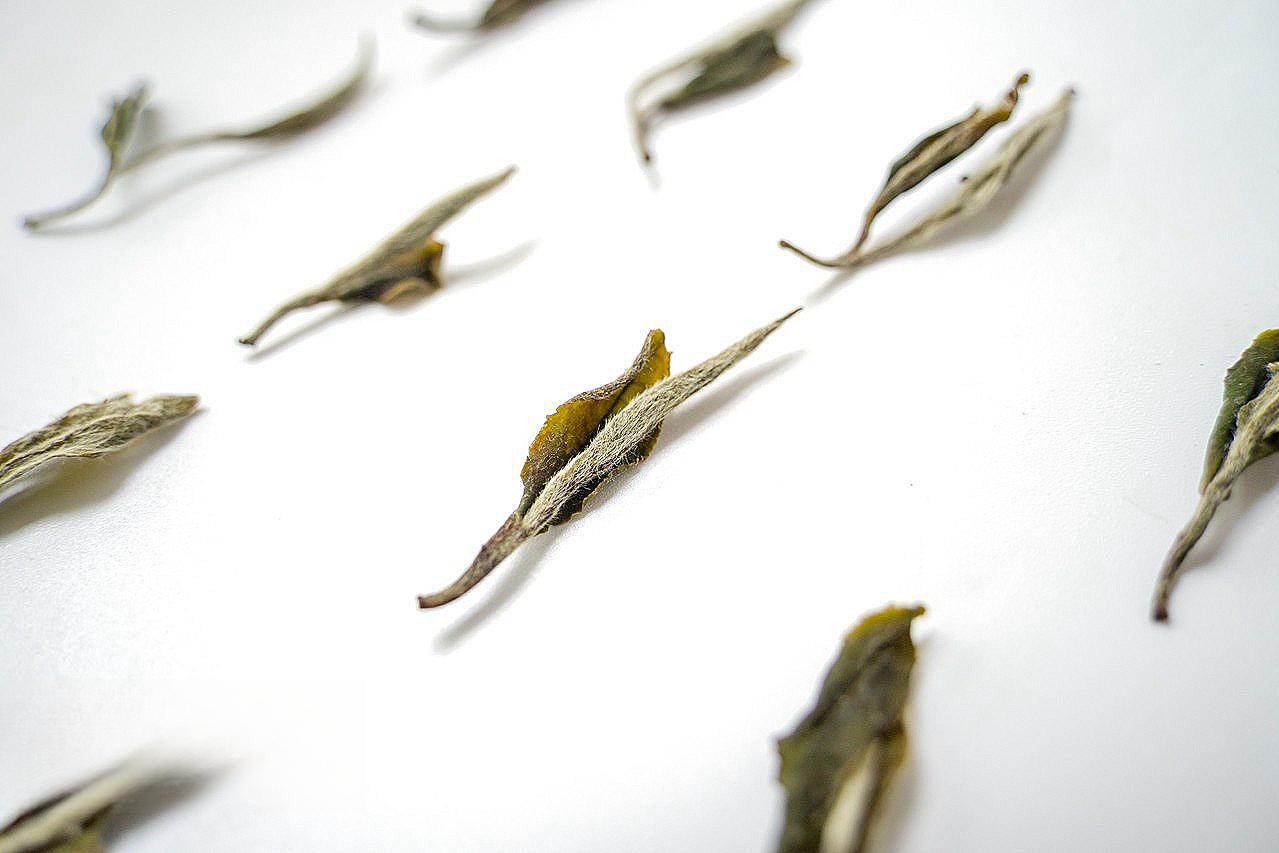
Leave a comment
All comments are moderated before being published.
This site is protected by hCaptcha and the hCaptcha Privacy Policy and Terms of Service apply.